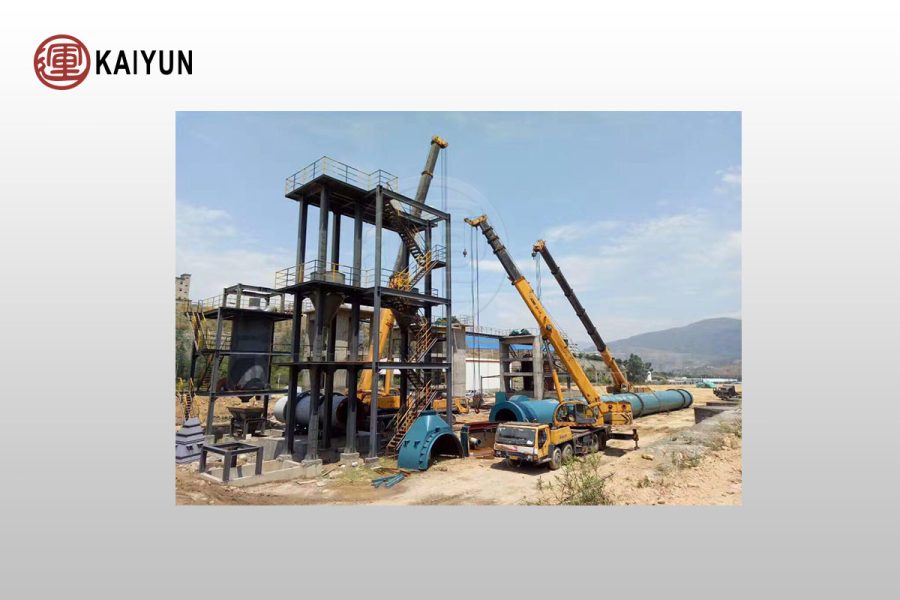Ore dressing is an important process in mineral processing. Its purpose is to separate useful minerals from waste rocks in ore in order to obtain metal or non-metallic mineral products with higher purity. The following are some professional vocabulary in mineral processing and their introduction:

1. Ore Dressing
Ore dressing refers to the process of separating useful minerals from waste rocks in ore through a series of physical, chemical or biological means. Common mineral processing methods include flotation, gravity separation, magnetic separation, etc.
2. Flotation
Flotation is a mineral processing method that uses the difference in the surface chemical properties of minerals to separate mineral particles from ore pulp. By adding chemicals to the ore pulp, useful mineral particles are attached to bubbles and float to the surface of the ore pulp, while waste rocks settle to the bottom.
3. Gravity Separation
Gravity separation is a method of separating minerals by using the different settling speeds of minerals in a gravity field. Common gravity separation equipment includes shaking tables, centrifugal concentrators, spiral chutes, etc.
4. Magnetic Separation
Magnetic separation is a method of separating magnetic minerals from non-magnetic minerals by using the magnetic difference of minerals through an external magnetic field. It is suitable for processing ores containing iron ores or other magnetic minerals.
5. Flotation Reagents
Flotation agents are chemicals used in the flotation process, which are divided into collectors, frothers and depressants. Collectors help increase the hydrophobicity of the mineral surface, frothers generate foam, and depressants control the flotation reaction of certain minerals.
6. Slurry
Slurry is a liquid mixture composed of ore powder, water and other chemical reagents. In the ore dressing process, slurry is the medium for mineral separation, and it often needs to be adjusted according to the density and morphology of the mineral.
7. Ore Dressing Plant
Ore dressing plant is a production facility dedicated to mineral sorting and refining. Its equipment includes crushers, grinders, flotation machines, screening equipment, etc.
8. Grinding
Grinding is the process of breaking ore into fine particles for subsequent beneficiation operations. Common grinding equipment includes ball mills, rod mills, etc.
9. Concentrate
Concentrate is the ore after beneficiation, which contains a high concentration of useful minerals and is usually an enriched product of useful components in the ore.
10. Tailings
Tailings are the waste left over from the beneficiation process, usually composed of useless minerals in the ore. The tailings may still contain some useful mineral components, and some tailings can be used for secondary recycling.
11. Flotation Cell
The flotation cell is a key equipment in the flotation process, which is used to fully contact the slurry with air to form a foam layer to effectively separate useful minerals.
12. Ore Types
Ore types refer to the characteristics and composition of different minerals. Common ore types include gold-bearing ore, copper-bearing ore, iron ore, etc.
13. Classification
Classification is an operation to separate minerals of different particle sizes in the slurry. Common classification equipment includes spiral classifiers, vibrating screens, etc.
14. Dewatering
Dewatering refers to the process of removing water from concentrates and tailings in the later stage of ore dressing, usually achieved by filtering, filter pressing, centrifugation, etc.
15. Flotation Column
The flotation column is a vertical flotation device, often used to process finer ores, which can effectively improve flotation accuracy and reduce reagent consumption.
16. Ore Dressing Process
The ore dressing process refers to the entire process from ore mining to the final product. It generally includes multiple links such as crushing, grinding, classification, flotation, concentration, and dehydration.
17. Crushing
Crushing is the first process before ore dressing, and its purpose is to crush the ore into smaller particles for subsequent grinding or sorting.
18. Screening
Screening is the process of separating pulp or ore into different particle sizes according to particle size. It is usually carried out after grinding to ensure uniform particle size in the subsequent beneficiation process.
19. Flotation Froth
Flotation froth is a layer of foam formed during the flotation process. It contains useful minerals attached to the bubbles and is eventually collected as concentrate by overflow.
20. Surfactant
Surfactants are a class of chemical substances that can change the surface properties of minerals. They are widely used in the flotation process to help the mineral surface become hydrophobic.